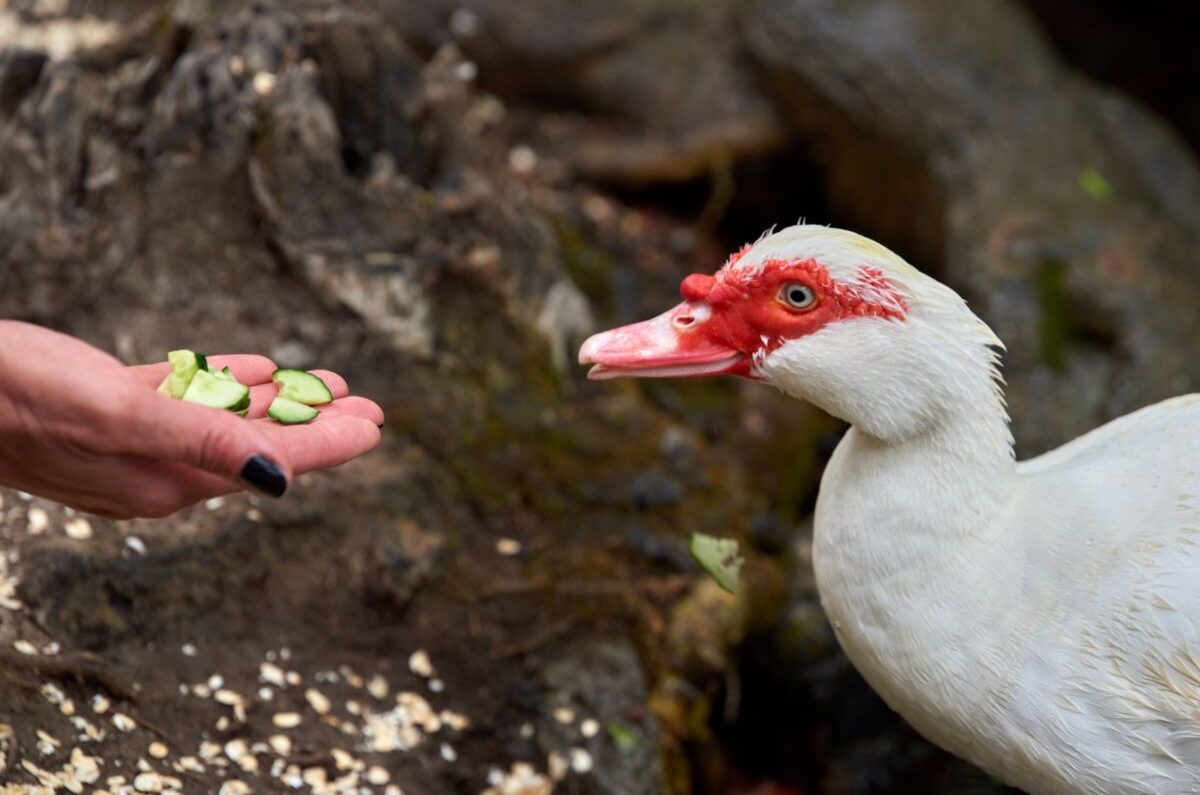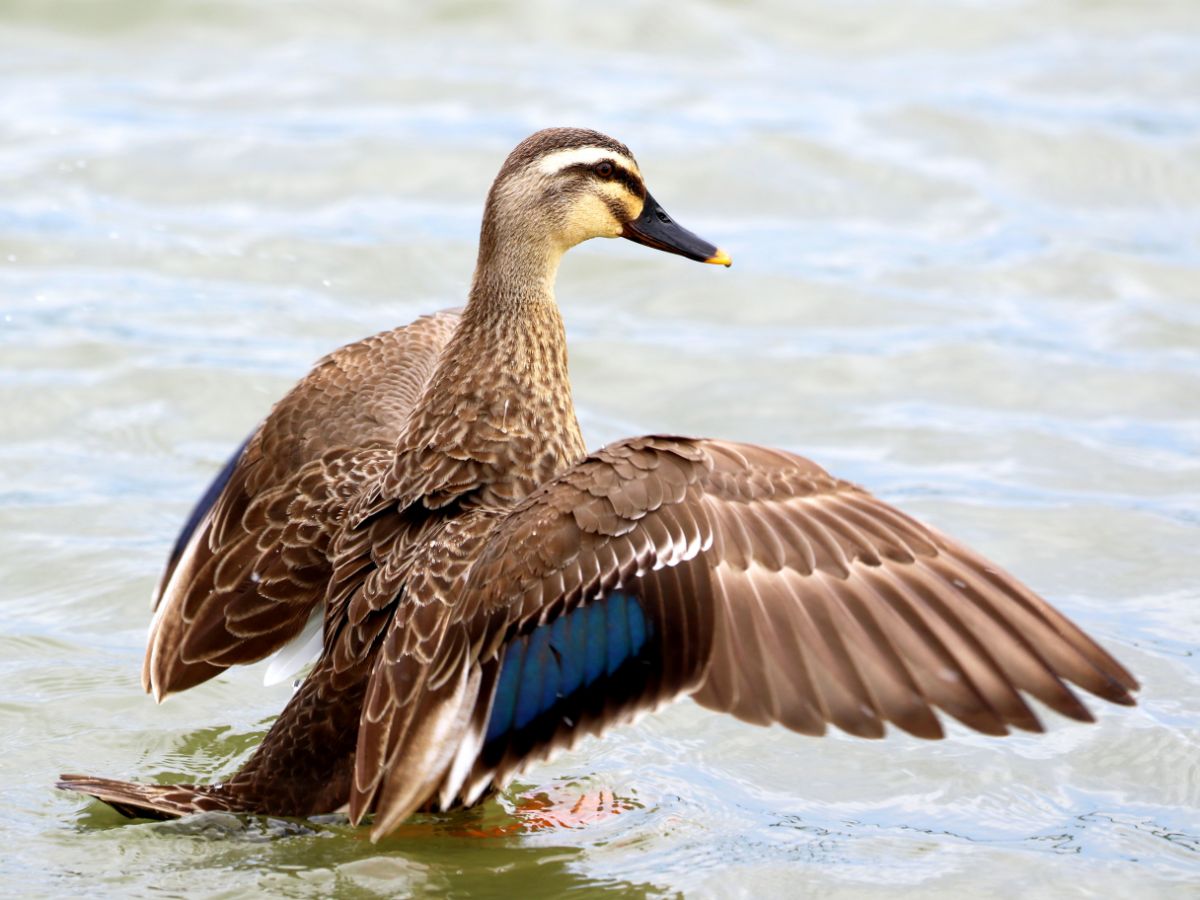It’s a contradiction in terms, but getting clean by having a dust bath is one of the most important (and enjoyable) activities in a chicken’s life. Dust bathing is a combination of good fun and good health, and unlike human children, young chicks don’t need to be persuaded to take a bath. But just why do chickens dust bath?
Dust bathing is a natural and instinctive cleansing activity that is essential for the individual chicken’s health and that of the entire flock. Together with sunbathing and preening, dust baths are the way that chickens maintain healthy skin and feathers.
There’s another reason chickens dust bath – pure pleasure. No evidence supports this theory, but if you’ve watched a chicken rolling and twisting in a dust bath, you’ll know how much she enjoys it. As a chicken owner, it’s vital to understand the importance of a dust bath for the individual chicken and the flock and how easy it is to create one.
Contents
Why Do Chickens Dust Bath?
Apart from the sheer enjoyment chickens get from rolling in a dust bath, there are good reasons why this behavior, which is instinctive and goes back to their days in the wild, is vital.
Dust Bathing Controls Oil On The Skin
Chickens have a gland at the base of the tail which produces oils known as lipids. These lipids can accumulate and go stale and, together with dead skin cells and feathers, provide a tasty meal for parasites.
The chicken spreads the dust over her body and then “pulls” from the skin upwards, spreading the oil, leaving the down fluffy and the feathers lying properly and water repellent. Dust will absorb excess lipids and can then be shaken off the body.
Dust Bathing Controls External Parasites, Lice And Mites
External parasites are picked up from the ground, so it seems illogical to use dust to remove them, but it does work. The dust filters through and settles on the skin, smothering the mites, lice, and other parasites.
You may find that even if a chicken chooses not to dust bathe, it will join the bathers to scratch around in the newly disturbed earth in search of a tasty grub or worm. So, the dust bath also plays a role in promoting social activity within the flock.
What Is A Dust Bath, And How Do Chickens Use It?
A dust bath can be any area of loose earth large enough for a few chickens to get together, roll in the dirt and cover themselves in it. Once they’ve done that, they will stand and fluff up their feathers to allow the dirt to sift down to their skin before vigorously shaking it off.
In winter, chickens prefer to dust bath in a sunny spot and may combine a dust bath with some sunbathing, which also helps to get rid of parasites and warms them up at the same time. In summer, they prefer a shady area as a dust bath helps to cool off the skin.
Unfortunately, flower beds are often chosen as perfect dust baths, so we will look a little later at building or providing dust baths to keep the flock out of the garden.
What Happens If A Chicken Doesn’t Dust Bath?
Chickens will try and dust bath even if they’re in cages, but if for some reason they’re unable to do so, they will suffer health issues:
- The external parasites will cause skin irritation, which may result in excessive pecking by the chicken and others until there is bleeding. This may result in increased attacks by other birds.
- Loss of feathers, which provide protection to the skin.
- Anemia, reduced egg production.
- Certain mites, such as the scaly leg mite, can cause intense discomfort and even the chicken’s death if left untreated.
How Often Does A Chicken Dust Bath?
On average, a chicken will enjoy a dust bath every second day, but some will indulge daily or even more often.
There’s no reason to control their bathing, but it is essential that all members of the flock get an opportunity to dust bath. Ensure there are sufficient well-placed baths to cater for the entire flock. Even chickens at the bottom of the pecking order need regular access to a dust bath to ensure they remain healthy.
Building A Dust Bath For Your Chickens
You can allow your chickens to create their own dust baths, but if you are free-ranging them, you may find they’ve chosen your lawn to gouge out a bath or scratched up your plants in the flower beds. The alternative is to provide them with a bath that’s in a place where they can enjoy themselves without destroying your garden.
Positioning Your Dust Baths
There’s little point in placing your dust baths in an area that the chickens never use because they will ignore its existence. Some basic rules to follow:
- It should be in a sunny area, inside or outside the run, depending on whether or not your chickens are free-range. In hot summer areas, though, you will also need to place some dust baths in shaded areas to let the chickens cool their skin while they bathe.
- Make the baths big enough to accommodate at least three or four chickens at a time. Bathing is very much a community activity.
- Make sure the dust baths are safe from predators, particularly if your birds are free ranging.
- Depending on the size of your flock, have enough spread around their living space to avoid pecking order squabbles.
- Ensure the dust baths are a fair distance from feeders and water, as a lot of dust comes flying out of them.
Building The Dust Baths
There are many ways to build a dust bath without spending much. The only criteria are that it can accommodate several chickens and is easy to get in and out of.
- A tractor tire (the larger, the better)
- A rectangle or circle made of large cement bricks
- A child’s plastic sandpit
- A large plastic or wooden crate with the sides cut down to allow the chickens to hop in and out.
- A circle made of cut logs placed tightly together to prevent leakage of sand.
The advantage of most of these options is that they are portable, so they can be moved according to season and to keep them out of any rain, wind, or snow.
What Should A Dust Bath Contain?
Every chicken owner has their favorite recipe of ingredients, but the chickens will enjoy these most:
- Potting compost or peat
- Soil
- Sand
- Diatomaceous earth (in small quantities, as it causes respiratory problems if inhaled)
These can be mixed together to provide the ideal texture for the chickens to toss over their bodies, in whatever proportion works best for you. Wood chips and pure wood ash can also be added but must be kept dry.
Conclusion
A dust bath is an essential piece of equipment for all the reasons mentioned. Your flock’s health, happiness, and contentment depend on keeping clean and free of parasites.
We also know that, as social creatures, the sheer pleasure they derive in the community activity of dust bathing is an excellent reason for providing them with the facility – and it costs very little to do so. We hope we’ve provided all the information you need to get started – good luck!




